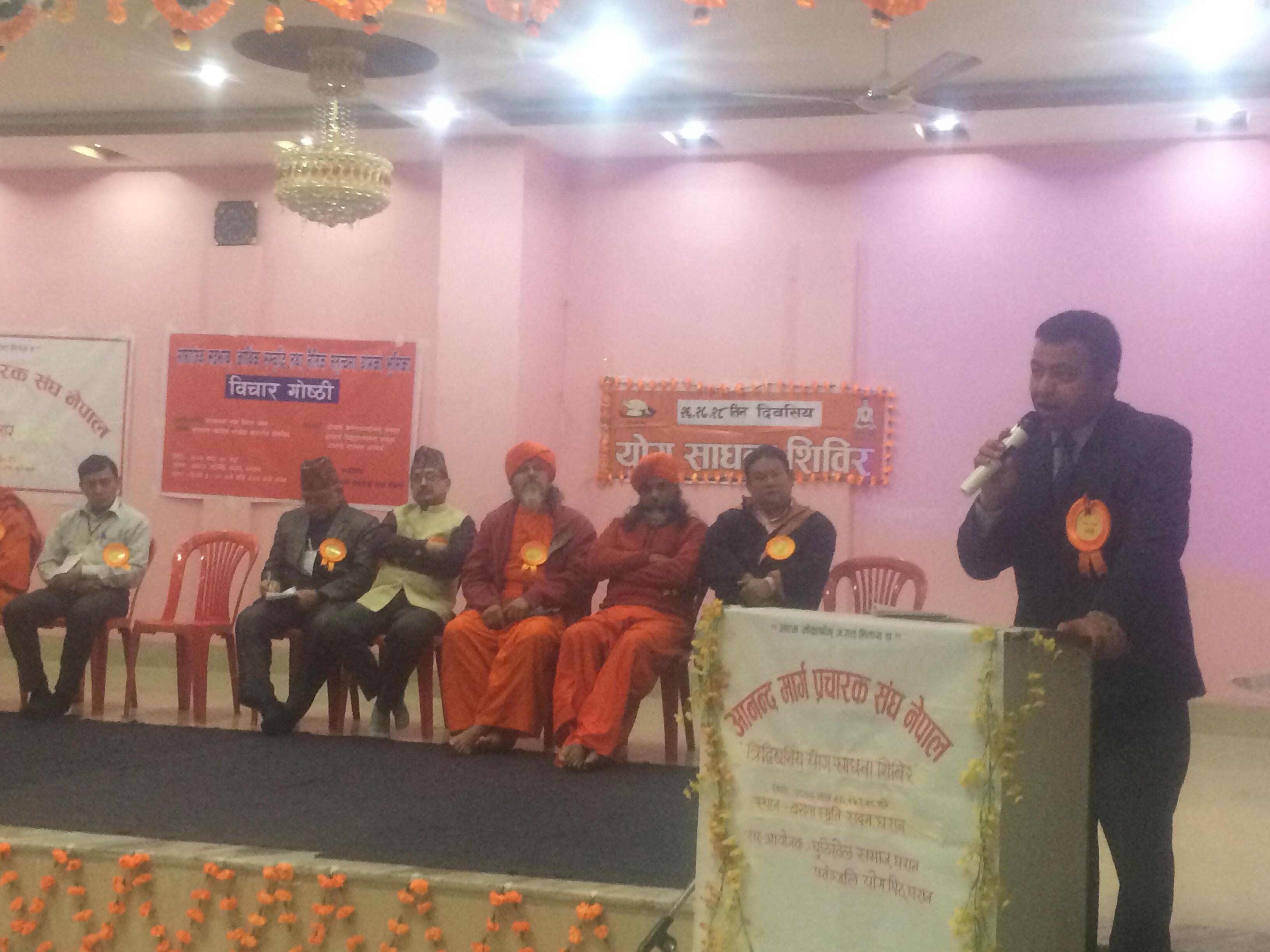How to Cite this Article
Sanjib Kumar Sharma, Emilie Alirol, Anup Ghimire, et al., “Acute Severe Anaphylaxis in Nepali Patients with Neurotoxic Snakebite Envenoming Treated with the VINS Polyvalent Antivenom,” Journal of Tropical Medicine, vol. 2019, Article ID 2689171, 12 pages, 2019. https://doi.org/10.1155/2019/2689171.
DOI: https://doi.org/10.1155/2019/2689171
Abstract
Diagnosing and treating acute severe and recurrent antivenom-related anaphylaxis (ARA) is challenging and reported experience is limited. Herein, we describe our experience of severe ARA in patients with neurotoxic snakebite envenoming in Nepal. Patients were enrolled in a randomised, double-blind trial of high vs. low dose antivenom, given by intravenous (IV) push, followed by infusion. Training in ARA management emphasised stopping antivenom and giving intramuscular (IM) adrenaline, IV hydrocortisone, and IV chlorphenamine at the first sign/s of ARA. Later, IV adrenaline infusion (IVAI) was introduced for patients with antecedent ARA requiring additional antivenom infusions. Preantivenom subcutaneous adrenaline (SCAd) was introduced in the second study year (2012). Of 155 envenomed patients who received ≥ 1 antivenom dose, 13 (8.4%), three children (aged 5−11 years) and 10 adults (18−52 years), developed clinical features consistent with severe ARA, including six with overlapping signs of severe envenoming. Four and nine patients received low and high dose antivenom, respectively, and six had received SCAd. Principal signs of severe ARA were dyspnoea alone (n=5 patients), dyspnoea with wheezing (n=3), hypotension (n=3), shock (n=3), restlessness (n=3), respiratory/cardiorespiratory arrest (n=7), and early (n=1) and late laryngeal oedema (n=1); rash was associated with severe ARA in 10 patients. Four patients were given IVAI. Of the 8 (5.1%) deaths, three occurred in transit to hospital. Severe ARA was common and recurrent and had overlapping signs with severe neurotoxic envenoming. Optimising the management of ARA at different healthy system levels needs more research. This trial is registered with NCT01284855.





